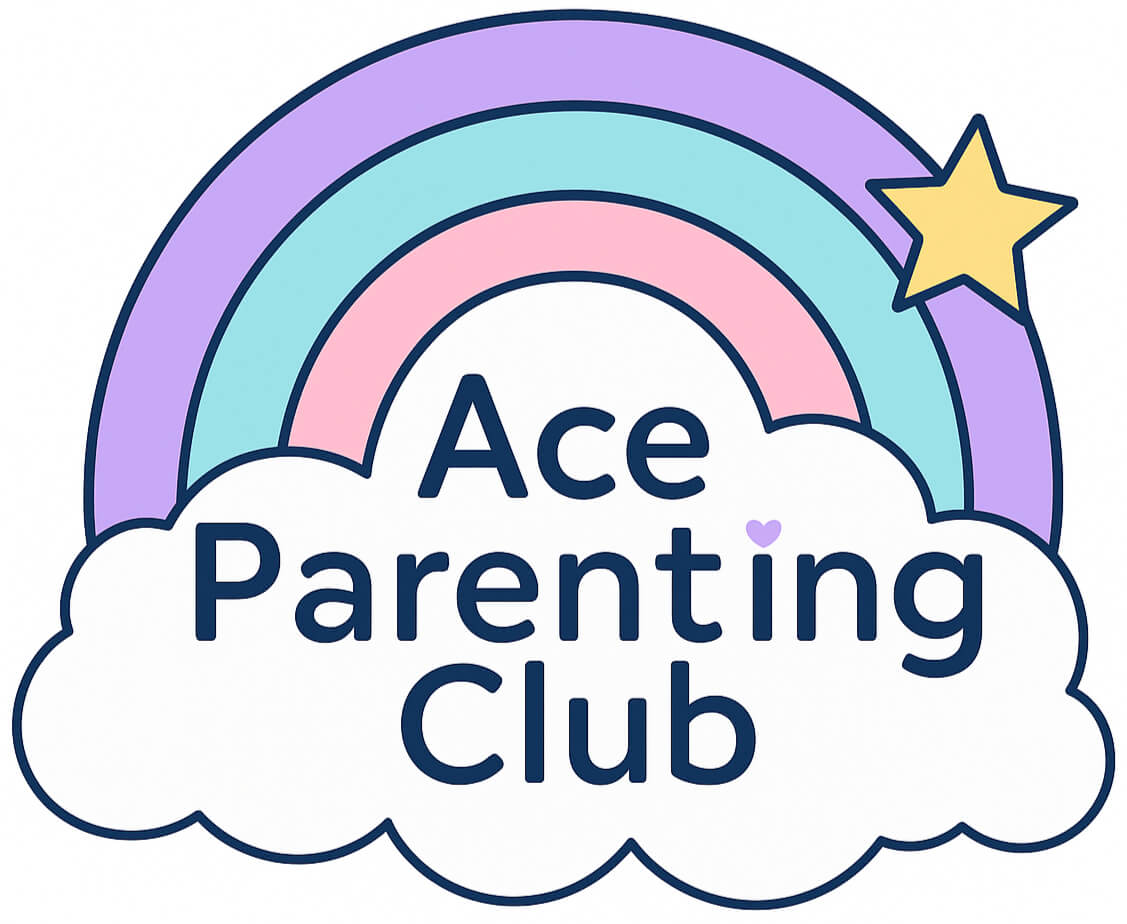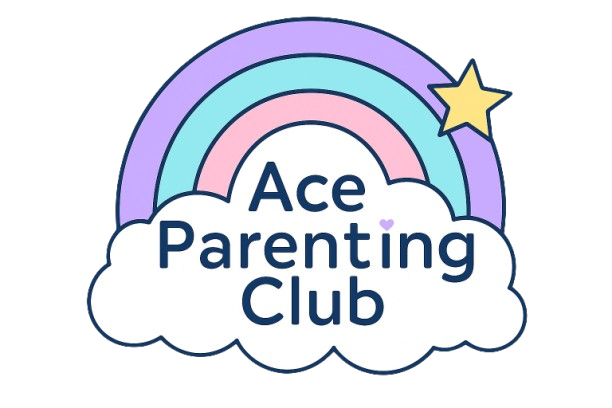Are you wondering how to support your baby’s language development from the very beginning? You’re not alone. As an Early Years educator, I’ve seen first-hand how many children need extra support with their speech and communication—particularly after the pandemic.
More children than ever have needed help with vocabulary, sentence structure, conversation, and social interaction. But the good news is that you don’t need fancy programs or specialist tools to help your little one. Just a few simple, everyday habits can go a long way in supporting early speech and communication.
Language development starts earlier than you might think. Babies begin learning to communicate even before birth, by hearing sounds and speech in the womb. From crying as newborns to babbling, pointing, and eventually forming words, each step plays a role in building a strong foundation for speech.
Here are five practical ways you can support your baby’s language and communication skills right from day one.
1. How Does Talking to Your Baby Help Them Learn to Speak?

As a first-time mum, I remember wondering what I was supposed to say to a baby who couldn’t talk back. But as someone who naturally loves a chat (just ask my husband), I quickly found that narrating daily life was not only helpful it became second nature.
Whether I was making a cup of tea or folding laundry, I talked about what I was doing. During car journeys, I’d describe where we were going or what we could see. As my child grew, I became more mindful of vocabulary too. Instead of always saying “big,” I’d swap in words like “huge,” “enormous,” or “massive” to widen their word bank.
Talking to your baby throughout the day helps them connect sounds to actions and builds their vocabulary over time. It may feel one-sided at first, but every word you say helps lay the groundwork for speech.
2. Why Is Eye Contact Important for Language Development?
A large part of communication is non-verbal. Eye contact, in particular, helps your baby tune into what you’re saying and begin to understand the social aspect of conversations.
In the classroom, I noticed that some children who struggled with eye contact often found it harder to engage in back-and-forth conversation. At home, something as simple as making sure your child can see your face when you speak can make a big difference.
You don’t need to maintain a fixed stare. Just aim to face your baby or child when you’re speaking, especially during key interactions like playtime, reading, or responding to their sounds. Over time, this helps them learn the social cues that make communication meaningful.
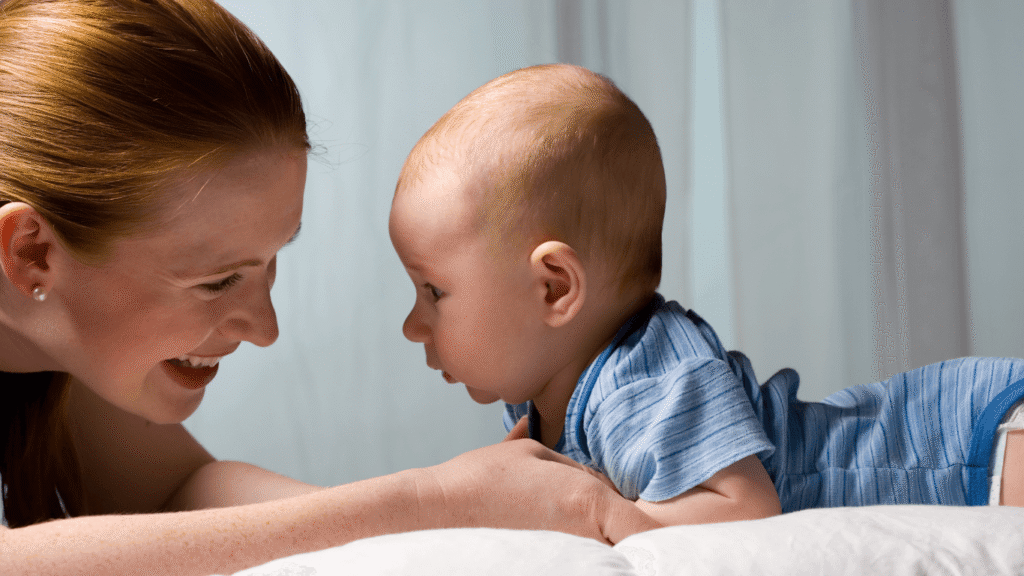
3. How Does Active Listening Help Your Child’s Speech?
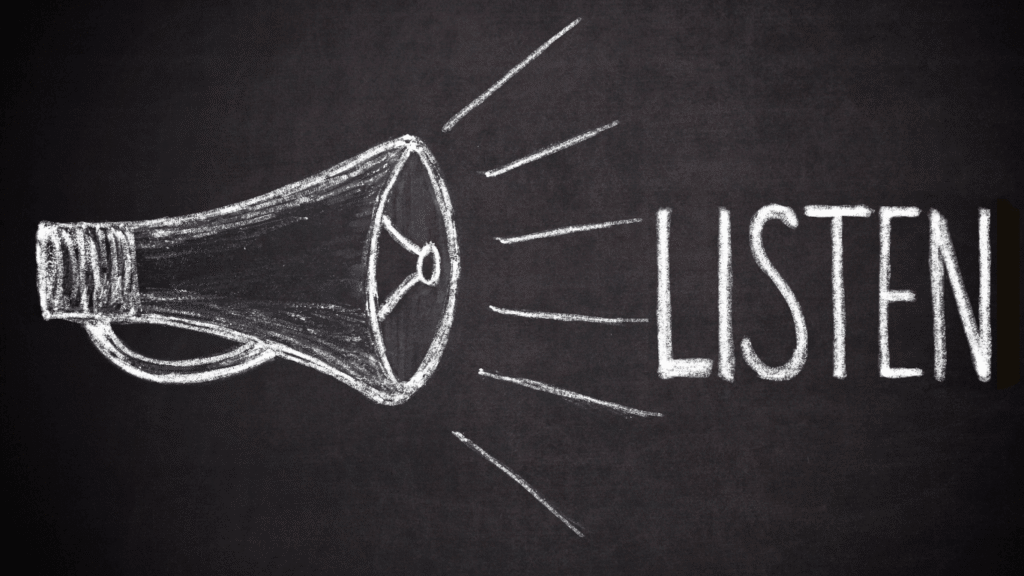
It’s tempting to multitask when your child is chatting away, especially during busy moments. But showing them you’re really listening helps build confidence and encourages them to keep trying.
Active listening involves paying full attention and responding in ways that help your child feel heard. One of the most effective techniques is repeating what your child said using the correct sentence structure. For example:
Child: “I eated a nana.”
Adult: “You ate a banana! Did you enjoy it?”
This gentle correction supports their language without discouraging them from speaking. It also models the right way to say something in a way that feels natural and supportive.
4. Why Are Mealtimes Great for Building Communication Skills?
Meals offer more than just nutrition, they’re a great time for meaningful conversation. Sitting together at the table gives your child the chance to observe, listen, and join in on discussions.
This can be as simple as talking about your day, asking about theirs, or chatting about what’s on the plate. It teaches valuable skills like turn-taking, active listening, and staying on topic.
If your child has been at nursery and you’ve been at work, mealtimes create a natural space to reconnect and share stories. Even with toddlers who aren’t yet speaking fluently, pointing, babbling, and early words all count as part of the conversation.
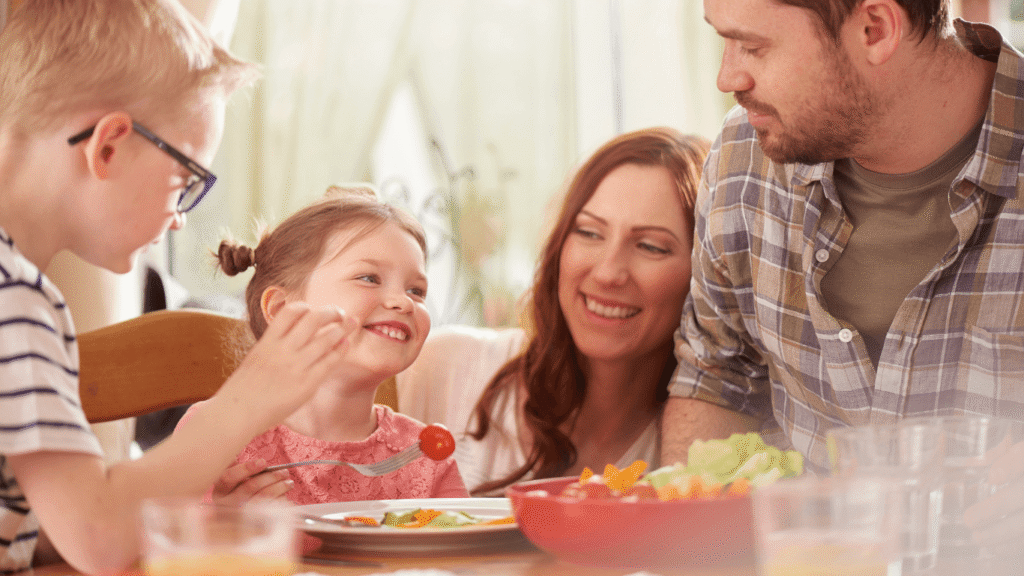
5. How Can You Help Your Child Express Their Needs with Words?

When children don’t yet have the words for how they feel, it’s natural for them to cry, shout, or have meltdowns. This isn’t misbehaving, it’s a sign that their brain is still learning how to connect emotion with language.
You can help by gently narrating their feelings and giving them the vocabulary to express it themselves. For example:
Adult: “I can see you’re upset because the plate is blue and not green. It’s okay to feel disappointed. The green plate is in the dishwasher, but you can use it next time.”
This helps your child feel seen and understood, while also giving them the language they need to explain their emotions in the future. Over time, this supports not just speech development, but emotional regulation too.
Our Final Thoughts
Supporting your baby’s language development doesn’t require a background in education. It just takes small, consistent moments of connection. Whether it’s talking to them during daily routines, making eye contact, or listening closely to their stories, you’re helping to build strong communication skills that will support them for life.
These strategies can be used from birth and adapted as your child grows. They don’t just support speech, they help you bond, connect, and create a home where conversation is part of everyday life.
Frequently Asked Questions About Baby Language Development
Most babies begin saying their first clear words between 12 and 18 months, but they start communicating much earlier through sounds, gestures, and eye contact.
